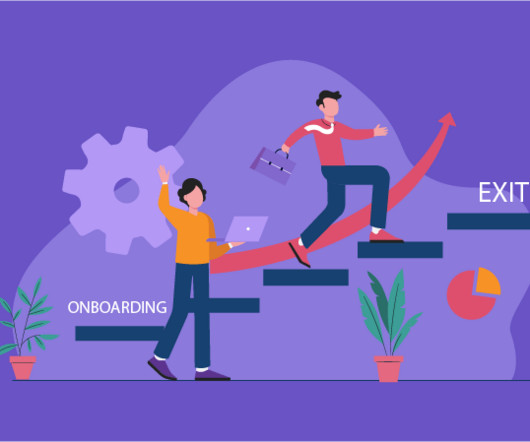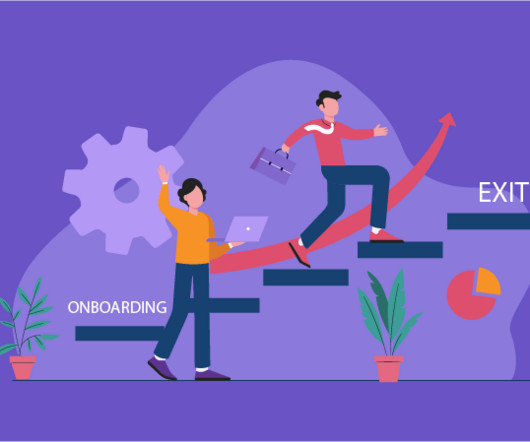The Role of Employee Benefits in Talent Retention: A Comprehensive Guide for HR Professionals
Hppy
DECEMBER 25, 2023
Here’s a run-down on some common types of employee perks at work: Health: This includes medical insurance, dental care plans, vision coverage or even free periodic health screenings. Retirement: Often in the form of pension plans or 401K contributions that ease future financial burdens for your employees.












Let's personalize your content